Toshio Bando (1895-1973)
Get a Toshio Bando (1895-1973) Certificate of Authenticity for your painting (COA) for your Toshio Bando (1895-1973) drawing.
For all your Toshio Bando (1895-1973) artworks you need a Certificate of Authenticity (COA) in order to sell, to insure or to donate for a tax deduction.
Getting a Toshio Bando (1895-1973) Certificate of Authenticity (COA) is easy. Just send us photos and dimensions and tell us what you know about the origin or history of your Toshio Bando (1895-1973) painting or drawing.
If you want to sell your Toshio Bando (1895-1973) painting or drawing use our selling services. We offer Toshio Bando (1895-1973) selling help, selling advice, private treaty sales and full brokerage.
We have been authenticating Toshio Bando (1895-1973) and issuing certificates of authenticity since 2002. We are recognized Toshio Bando (1895-1973) experts and Toshio Bando (1895-1973) certified appraisers. We issue COAs and appraisals for all Toshio Bando (1895-1973) artworks.
Our Toshio Bando (1895-1973) paintings and drawings authentications are accepted and respected worldwide.
Each COA is backed by in-depth research and analysis authentication reports.
The Toshio Bando (1895-1973) certificates of authenticity we issue are based on solid, reliable and fully referenced art investigations, authentication research, analytical work and forensic studies.
We are available to examine your Toshio Bando (1895-1973) painting or drawing anywhere in the world.
You will generally receive your certificates of authenticity and authentication report within two weeks. Some complicated cases with difficult to research Toshio Bando (1895-1973) paintings or drawings take longer.
Our clients include Toshio Bando (1895-1973) collectors, investors, tax authorities, insurance adjusters, appraisers, valuers, auctioneers, Federal agencies and many law firms.
We perform Toshio Bando art authentication, appraisal, certificates of authenticity (COA), analysis, research, scientific tests, full art authentications. We will help you sell your Toshio Bando or we will sell it for you.
Toshio Bando was a Japanese born painter who lived and worked in Paris. Like his contemporary Japanese painters living in Europe, Bando’s work has a very unique and beautiful quality that blends two worlds of painting; traditional Japanese and Impressionistic European.
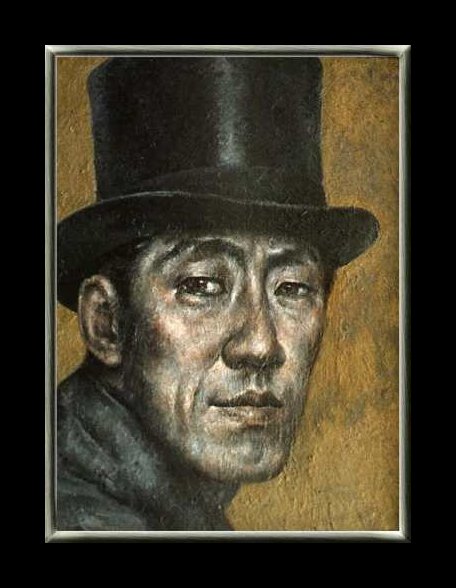
Self-Portrait, 1935
Bando’s real name was Tamotsu and sadly as a little boy, lost his mother who died when he was seven. This had an effect on Bando’s artistic work and throughout his catalogue; one can note that he gives his work a maternal edge.
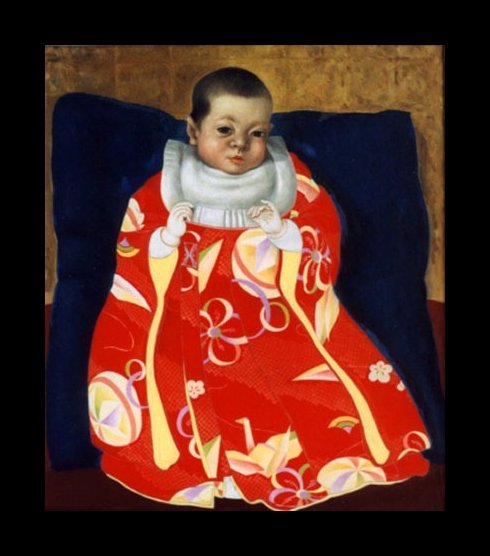
Untitled Baby Portrait, 1944 Kimi
Bando began studying under Fujishima Takeji in 1913, a master who had studied in France and Italy. Perhaps it was this influence that interested Bando so much in the French style of painting, particularly in the works of Cezanne.
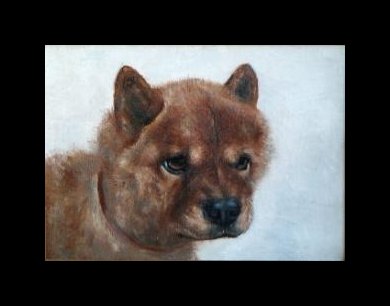
Portrait De Chien
By 1922, after having successful exhibitions in Japan, Bando moved to Paris where he and painter Tsugughara Foujita became fast friends. They shared a studio and an apartment together, all while Foujita was gaining a great deal of notoriety.
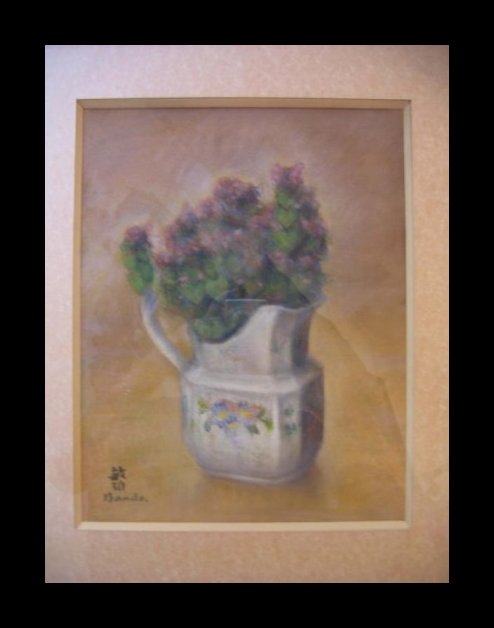
Vase de Fleurs
Despite the fact that they were friends, Bando would often resent the fact that critics would compare his work to Foujita’s. Perhaps it is because little was known at the time about Japanese/European art and critics were eager to file any Asian painter in Europe as being “like Foujita.”
From 1924-1933, Bando found relative success as a painter, and even though he was finding success, was not happy. This reflected deeply in his paintings during this era. Because he could not express himself in his art the way he wanted to, his paintings at this time took on a somber sense of loneliness.
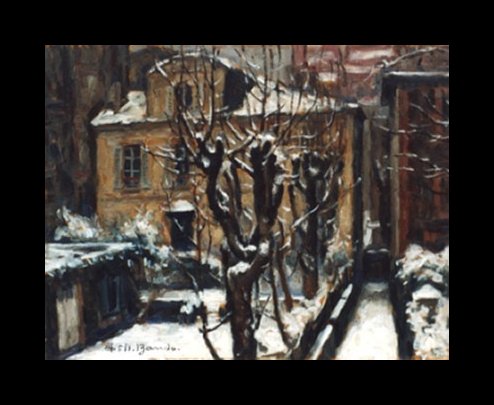
Snowy Landscape
While a Japanese flair is certainly indicative of a Bando original, he painted a number of different subjects often. Still-life flowers in vases seem to dominate his oeuvre, many without titles.
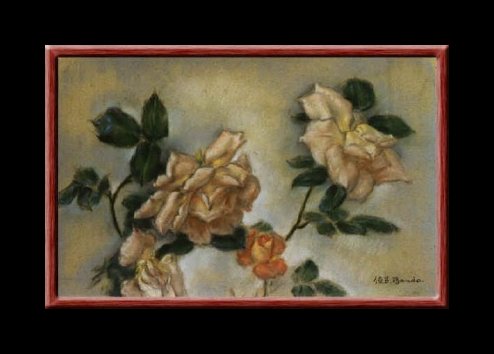
Untitled Flowers, 1940 pastels
By 1944, Bando had become father to a daughter, Kimi, which brought joy into his art again. He painted a number of self-portraits with Kimi in them for a period of time. Bando continued to produce a great deal of work up until 1957 when his health started to fail.
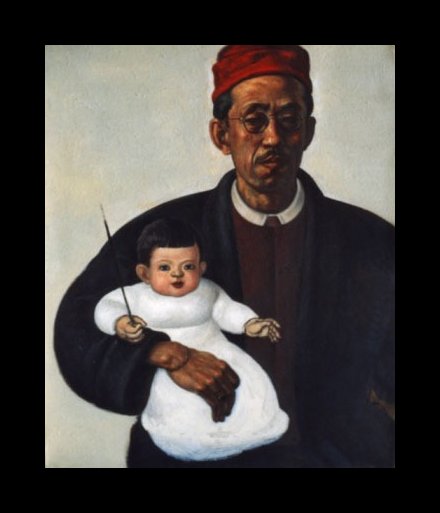
Self-Portrait with Kimi
After 1957, Bando exhibited his work less and less. Sadly, he died after falling down a flight of stairs in his home in 1973.
Bando produced many collections of work in his native Japan before becoming well-known in Paris. This leaves a great deal of possibility for some of his previously unauthenticated work to exist in both Asia and France. Bando worked in oil and pastels and was a very prolific painter. However, his lack of titles on his work may have caused some of his paintings to be overlooked or wrongly authenticated. If you believe you have a Toshio Bando work, Contact Art Experts.
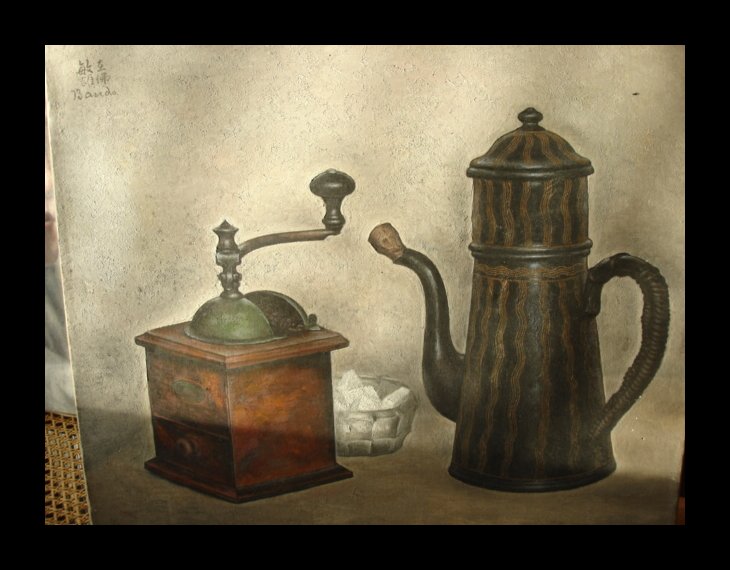
Still Life
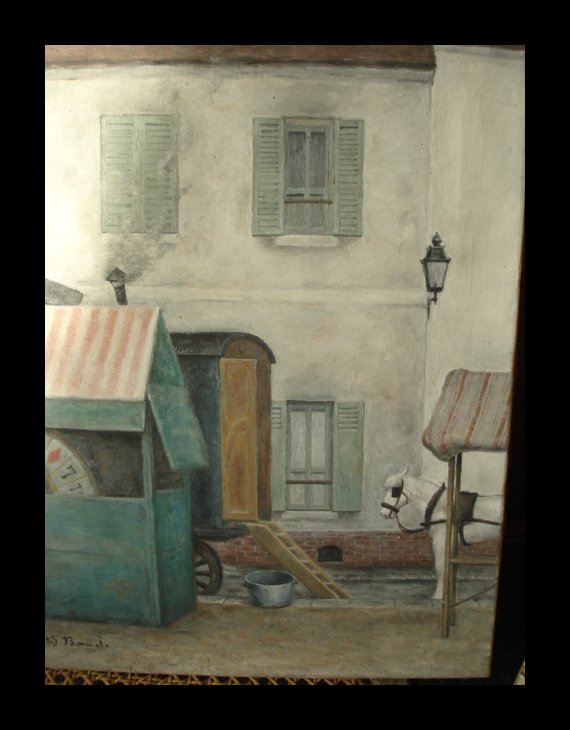
Cityscape
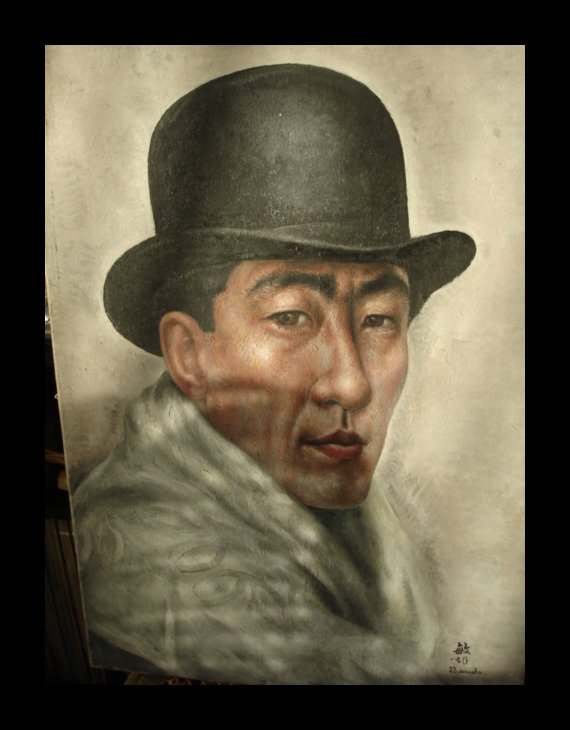
Self-Portrait
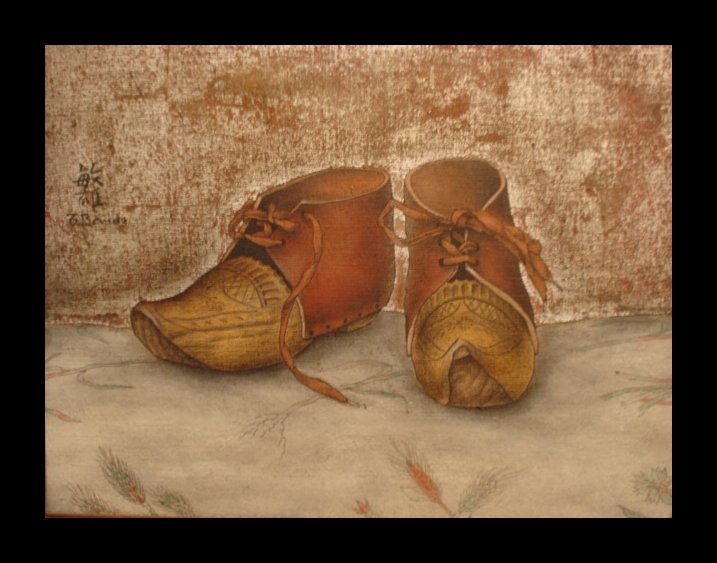
Shoes
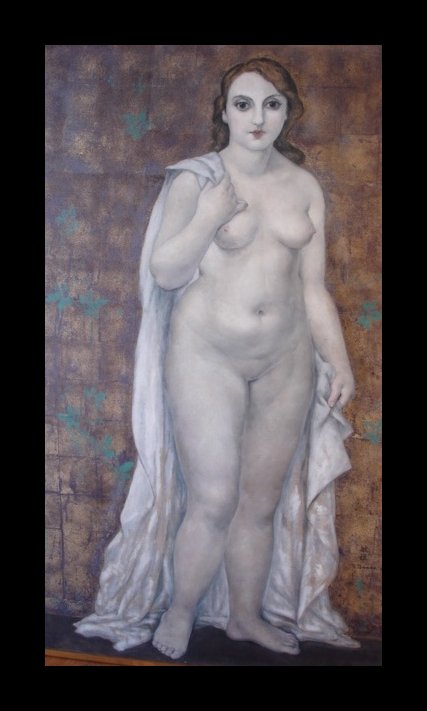
Nude
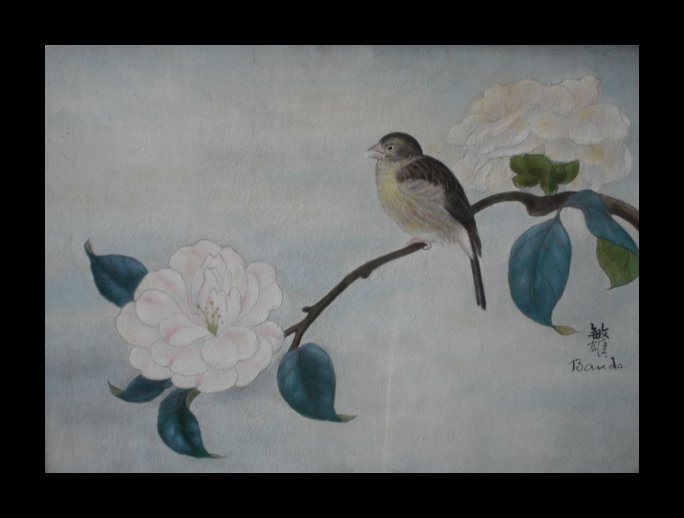
Untitled
